LJUBLJANA
Ljubljana is the political and cultural heart of the Slovenian nation. It is an important European commercial, business, exhibition and congressional centre as well as the transport, science and education centre of Slovenia. It offers everything a metropolis does yet preserves its small-town friendliness.
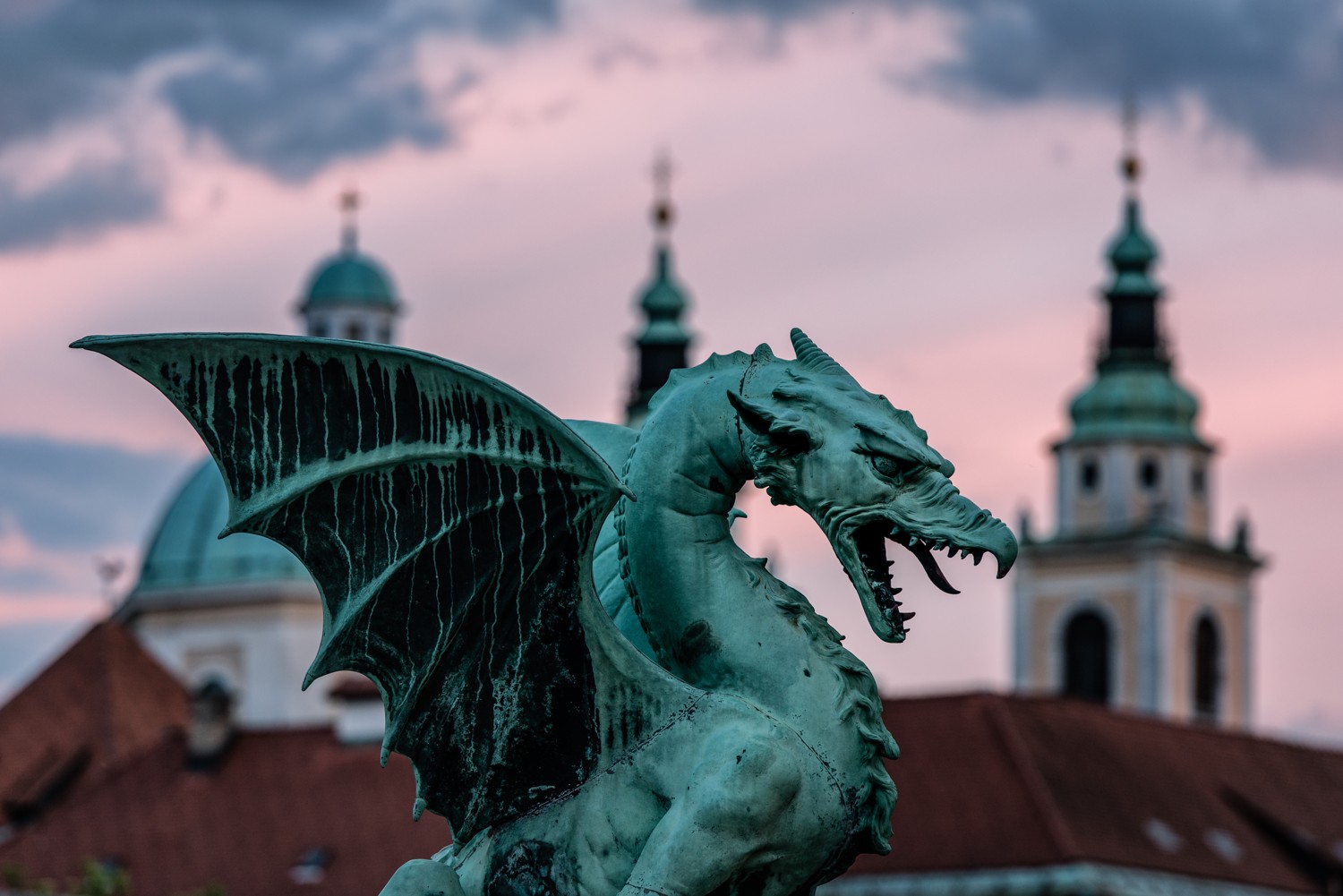
Ljubljana dragon
Legend has it that Ljubljana was founded by the Greek mythological hero Jason and his companions, the Argonauts, who had stolen the golden fleece from King Aetes and fled from him across the Black Sea and up the Danube, Sava and Ljubljanica rivers. They stopped at a large lake in the marsh near the source of the Ljubljanica, where they disassembled their ship to be able to carry it to the Adriatic Sea, put it together again, and return to Greece. The lake where they made a stop was the dwelling place of a monster. Jason fought the monster, defeated it and killed it. The monster, now referred to as the Ljubljana Dragon, found its place atop the castle tower on the Ljubljana coat of arms, as well as the EXRS 2018 logo.
Its geographical position in the centre of Europe has determined Ljubljana as a natural meeting place for merchants and soldiers as well as peacemakers throughout the history and it remains one today.
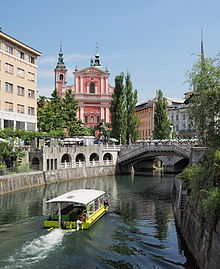
Ljubljanica river
In Ljubljana the old meets the new. It has managed to retain traces from all periods of its rich history; from the legacy of Roman Emona; through to the Renaissance, Baroque and Art Nouveau periods characterised in the house fronts and ornate doorways of the city centre, the romantic bridges adorning the Ljubljanica river, the lopsided rooftops and a park reaching deep into the city centre. Here eastern and western cultures met; and the Italian concept of art combined with the sculptural aesthetics of Central European cathedrals. Modern Ljubljana was shaped by the strong personal style of Jože Plečnik, a great European architect and a local of Ljubljana.
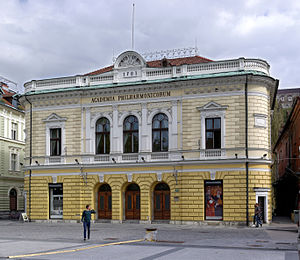
Academia Philharmonicorum
Ljubljana is home to numerous theatres, museums and galleries, and boasts one of the oldest philharmonic orchestras in the world. The first music society in Slovenia, the Academia philharmonicorum, was founded in 1701.Its honorary members included such renowned composers as Joseph Haydn, Ludwig van Beethoven and Johannes Brahms.
The first impression a visitor gets of Ljubljana is that it is an exceptionally young city. It is home to over 50,000 students, who give it a special vibe. Scientists are drawn to the city because of its high-calibre institutes and university, as are artists due to its world-famous graphic biennial, art academy and countless art galleries. International businessmen, economists and experts from all fields frequently attend the city’s many business and congressional meetings, exhibitions and trade fairs.
Slovenia
With only around 2 million inhabitants Slovenia has a variety of natural and cultural sights to offer. The unique Karst region, the Adriatic coast, the mountains, the hilly wine-growing regions, the spas, and many historic towns are all within a two-hour drive from Ljubljana.
At the northwestern corner of the country lie the Julian Alps with the picturesque Lake Bled and the Soča Valley. The Karst Plateau in the Slovene Littoral gave its name to karst, a landscape shaped by water dissolving the carbonate bedrock, forming caves. The best-known caves are Postojna Cave and the UNESCO-listed Škocjan Caves. The region of Slovenian Istria meets the Adriatic Sea, where the most important historical monument is the Venetian Gothic Mediterranean town of Piran. The hills around Slovenia’s second-largest town, Maribor, are renowned for their wine-making, while the northeastern part of the country is rich with spas.
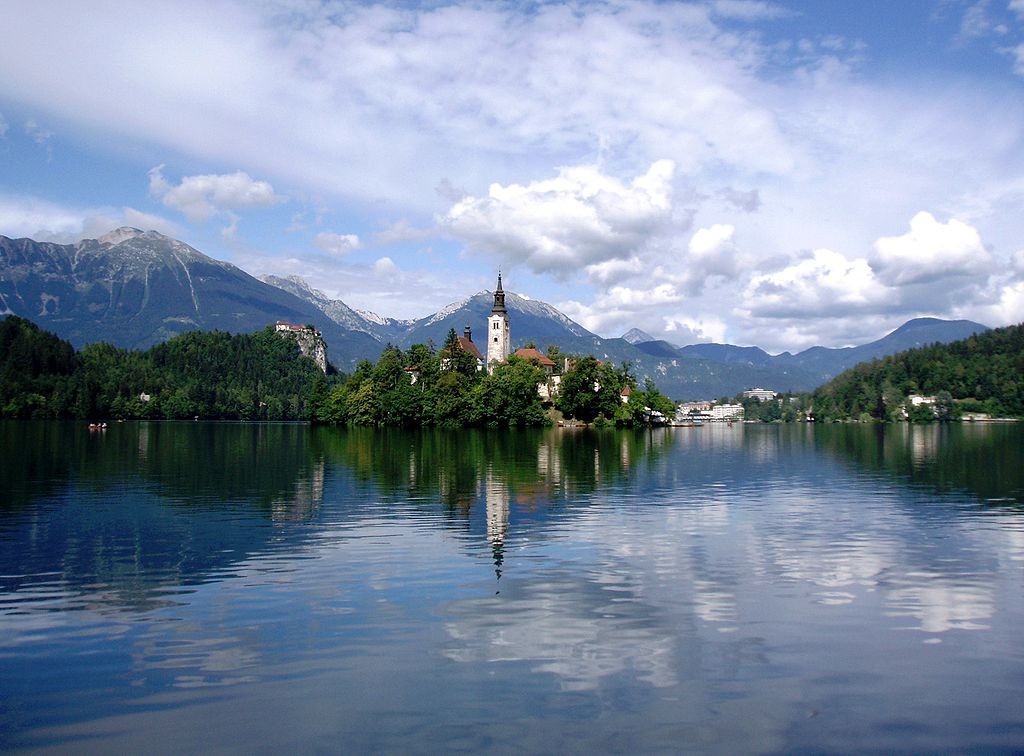
Lake Bled
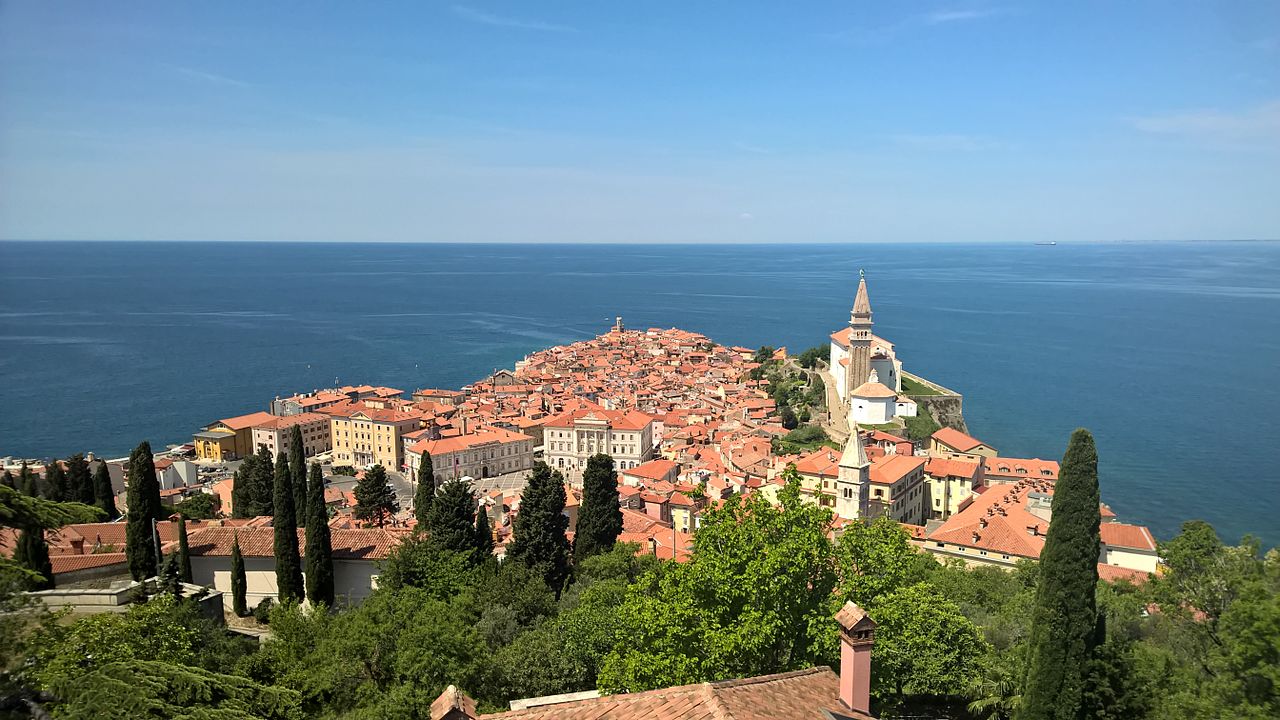
Piran

Postojna Cave
